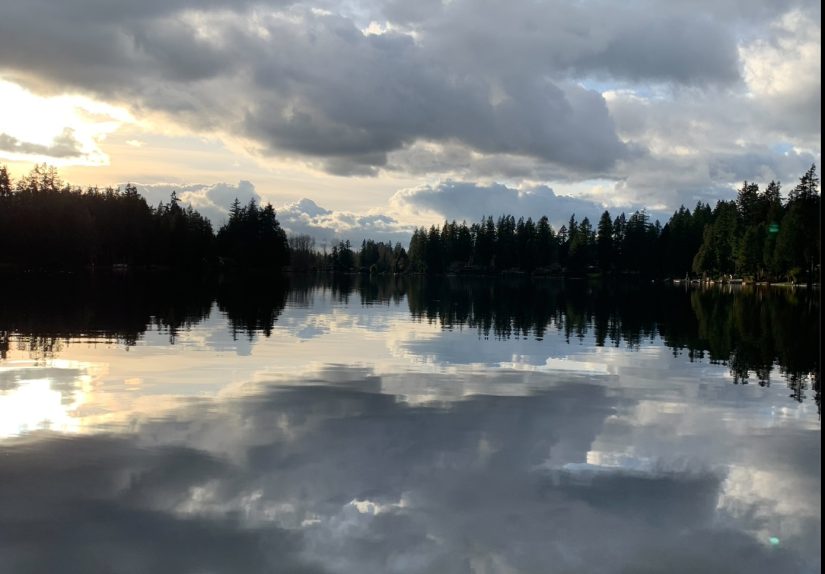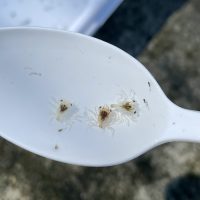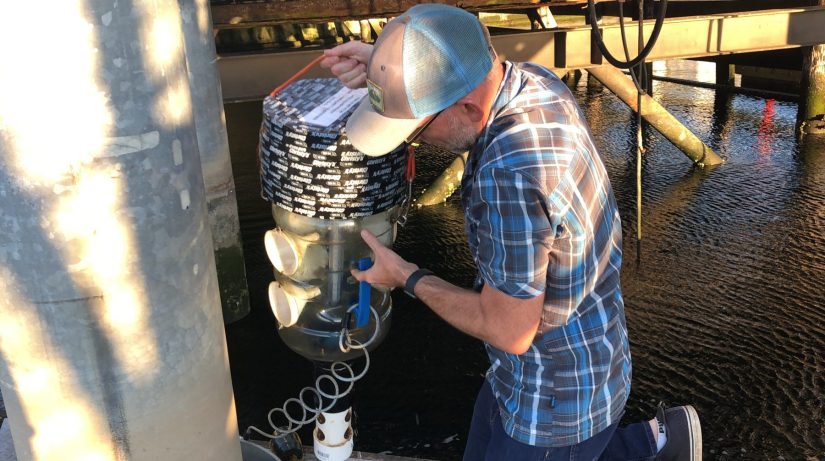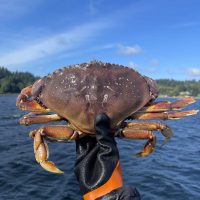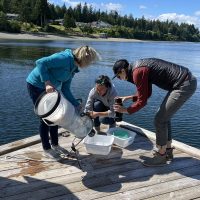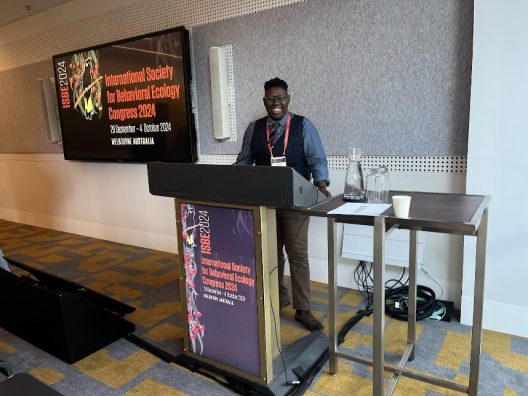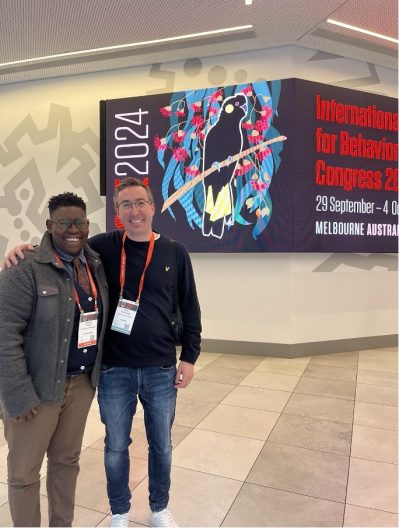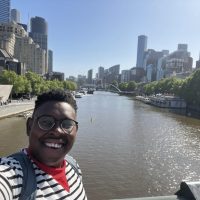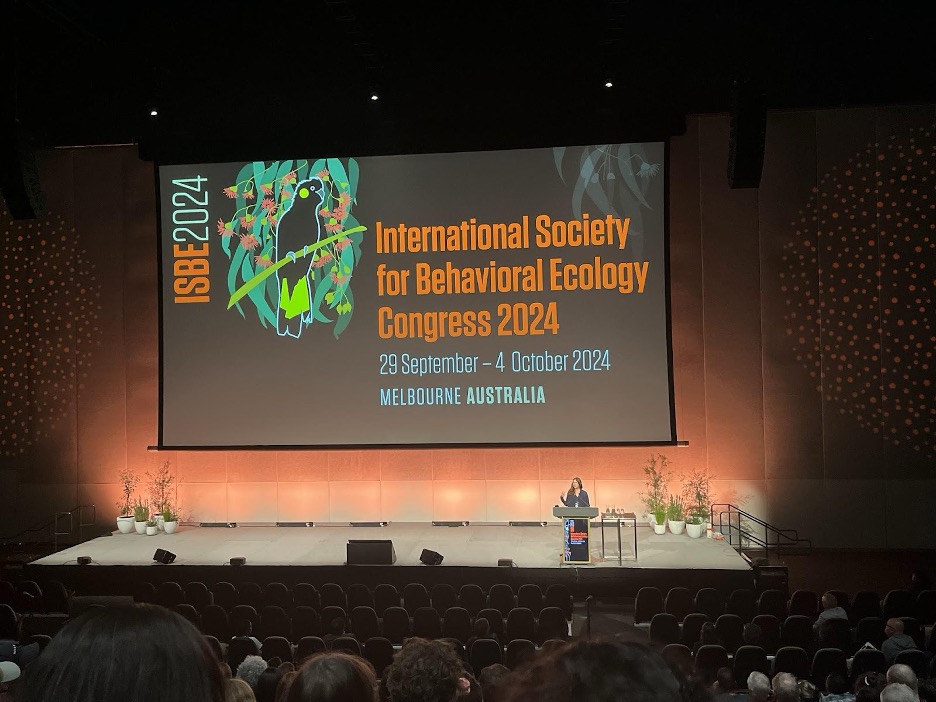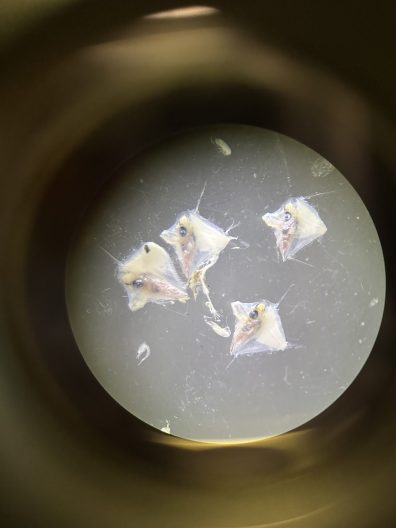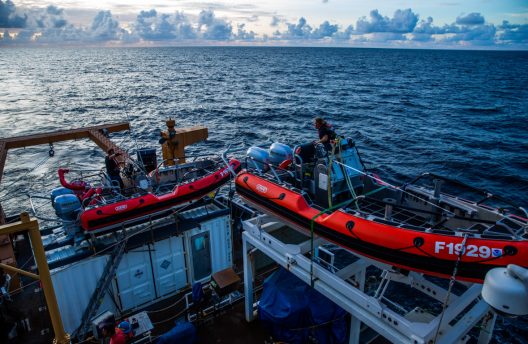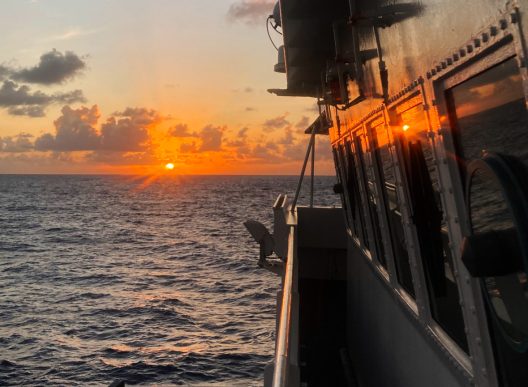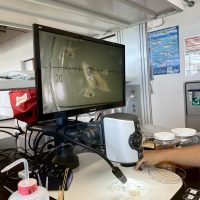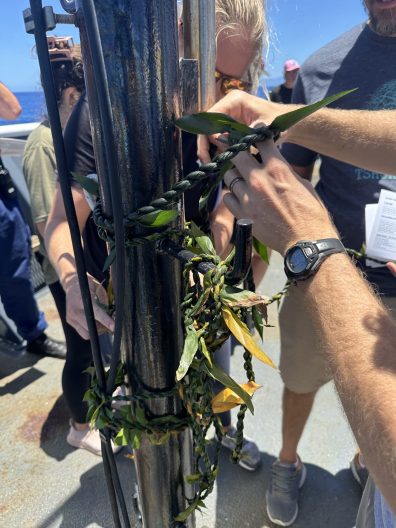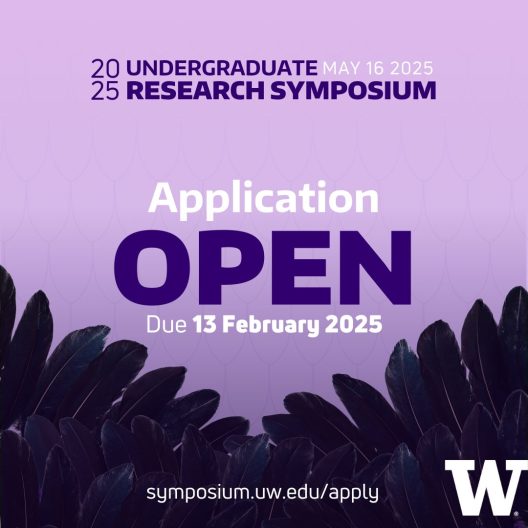Walk along any beach, and you’re likely to find snail shells dotting the sand. Sea snails are a very large and diverse group of marine organisms, slow-moving with a shell covering their bodies, pretty similar to the ones we find on land. In the Bering Sea, located in the North Pacific Ocean and bordering Alaska and eastern Siberia, more than 200 species of sea snails exist. They’re an important source of prey for fish and walruses, playing a vital part in the Bering Sea food web.

Working with a 50-year-old shell collection sourced from NOAA trawls from the mid-late 1970s, Jasper Nevis is looking at community structure in Bering Sea snails. Community structure refers to figuring out not only which species are present in a particular location, but also how many individuals of each species there are, and how they interact with each other through feeding, competition, or other ecological relationships. “Lewis’s moon snail can grow shells around 6 inches across and extend their foot well past that. The Buccinid snails generally get pretty large for snails, many growing >10 cm in length,” Jasper said.
Conducting his SAFS undergraduate capstone project, Jasper’s dataset is comprised of roughly 150 different sea snail species. “These shells were scooped up from the Bering Sea and have essentially just sat in a warehouse for the last five decades, so it is somewhat of a novel view of historical populations,” he said. Jasper has been assisting with integrating the NOAA snail shell collection with the larger Malacology Collection kept by the Burke Museum. Malacology refers to the scientific study of molluscs, of which sea snails are a part of.

One of Jasper’s tasks is to identify and label each specimen. “From this data, I can then determine fairly precise GPS coordinates of where each shell was taken from and assess how the snail community varied across the Bering Sea. The GPS data was collected separately on the ship conducting the trawls, so I take this from separate records and correlate the two datasets,” Jasper shared. The key focus of Jasper’s research into sea snail community structure is looking at changes across depth and latitude, as well as comparing this to more modern assessments of the communities.
What do you call a snail that sails the seven seas? A snailor.
While studying or working at SAFS, many of us are well-acquainted with the UW Fish Collection, but the Burke Museum Malacology Collection is just as impressive, housing more than 150,000 specimens from 7,500 mollusc species from around the globe. “My favorite part of my capstone research so far has been working in the shell collection. It’s such an amazing resource to be able to compare specimens for identifying species,” Jasper said. “It’s also really cool to see with your own eyes the huge variety of shapes and colors that the different mollusc shells in the collection have.”

How does an undergraduate in the SAFS program get involved with sea snails? “I’m interested in invertebrate taxonomy and was pointed towards the shell collection by my capstone advisor, Luke Tornabene. From there, I spoke with my workplace advisor and Malacology Collections Manager at the Burke, Melissa Frey, and decided on this project,” Jasper shared.
Jasper will soon be graduating in Spring this year, and plans to continue working in the field. “My time with SAFS has definitely made me think more about the kind of work that I enjoy and helped me move towards this project. Hopefully someday after graduation I can be working on the NOAA groundfish and invertebrate surveys that collect similar data to my capstone!”
What are other SAFS undergrads up to?



